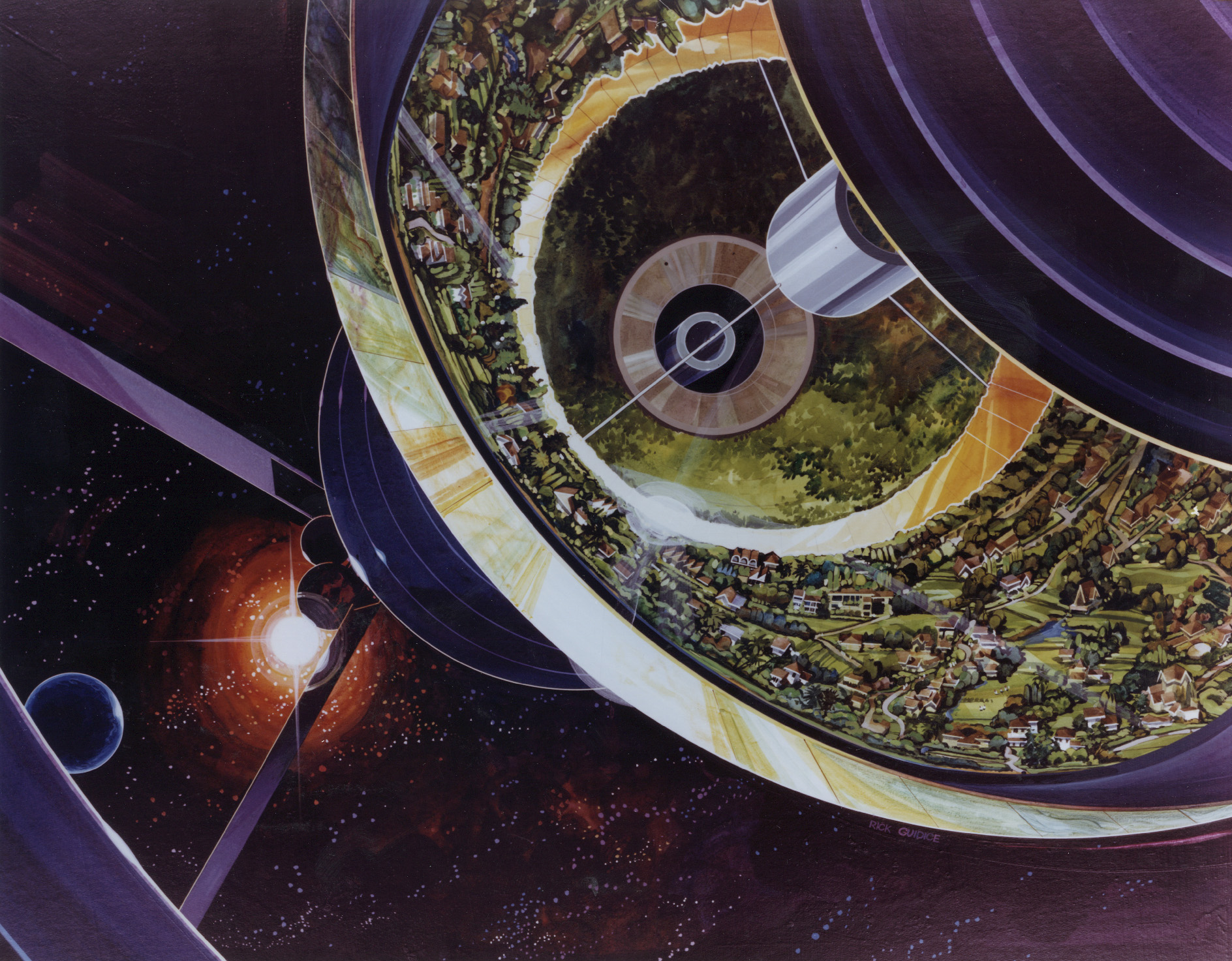
Y.K. Bae Corp is on the verge of testing a revolutionary photonic laser thruster (PLT) that could be a game changer for in space propulsion and interplanetary travel. Founder and Chief Scientist Young K. Bae Ph.D described the technology in a recent Future In-Space Operations (FISO) Telecon presentation. The secret is generating thrust through photon pressure of a recycled laser beam enabling high energy to thrust efficiency without onboard propellant. Y.K. Bae Corp’s Continuous-Operation laser thruster or PLT-C is capable of delivering continuous thrust for long periods of time (e.g. days – years). The crew/payload section of the craft contains no power supplies, fuel or rocket engines. A power source is needed at the destination to generate a velocity reversal and stopping beam.
Dr. Bae believes an in-space “photonic railway” using this technology could open the solar system to commercialization and laid out a timeline for development of the photonic laser thruster. He believes that a 1 Newton (N) thrust PLT demonstration on the ISS could be accomplished within 3 years, a 50-N thrust PLT suborbital lunar launch is possible within 10 years, transits to the Moon can be done within 20 years and trips to Mars/Asteroids are projected to be in the 30 – 40 year timeframe.
When scaled up, super high ∆v can be achieved using the PLT. With a total electric laser power of 1000MW, travel times from the Earth to Mars could be achieved in less then 20 days for a 1-ton ship with 50% payload. From Mars out to Jupiter, a trip would take about 45 days for a craft with the same mass. The PLT spacecraft could be the main mode of rapid in-space transportation for humans and high price or lighter commodities after conventional thrusters (e.g. chemical rockets) establish the initial infrastructure and continue as the transportation choice for low cost or heavier payloads.

Y.K. Bae Corp has demonstrated the photonic laser thruster technology in the lab. Check out their cubesat demo video.
